Boots on the Ground with the Black Mambas
This legendary, predominantly female anti-poaching unit is saving rhinos and sending poachers on the run in South Africa’s Greater Kruger National Park. Nomad Katie goes with them on patrol.
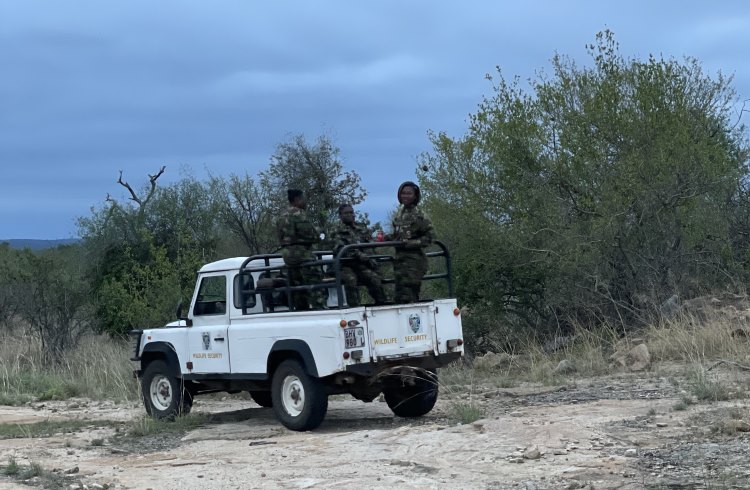 Photo © Katie Jackson
Photo © Katie Jackson
I’m not scared because I see the snake. I’m scared because Andries is scared. The seasoned scout propels his body out of the tracker seat and over the hood of the Land Cruiser, eager to climb inside. Seeing him spooked is unsettling. I’ve watched him walk, unarmed, into dense brush where leopards – not to mention cape buffalo who kill more people annually than the rest of the big five combined – were spotted. As our scout, his job is to track animals people like me pay thousands to see.
It’s nearly sunset when our Land Cruiser comes to a stop atop Pride Rock. Up here, one can see for miles. Far in the distance, the endless sea of savannah meets the majestic Drakensberg Mountains, but as beautiful as they are, I didn’t come here for the views. I came to meet the Black Mambas.
* * * *
The Black Mambas are a relatively new concept; the world’s first all-black, predominantly female anti-poaching unit wasn’t formed until 2013. Eight years later, the idea of women protecting wildlife in patriarchal South Africa still turns heads. But here in Balule Nature Reserve, part of Greater Kruger National Park, no one questions the Mambas’ ability. Like Navy Seals, they’re revered. Like their namesake snake, they’re feared.
There are around 30 Mambas on active duty. Since they’re divided into smaller units tasked with patrolling other parts of the 153,000-acre reserve, I only meet five. Still, I’m intimidated. They’re clad in head-to-toe camouflage, paired with black combat boots and a menacing Belgian Malinois dog. (I’m instructed not to pet Soldier if I want to keep my hand.) Later, I learn he’s trained to detect drugs, weapons, ivory, and rhino horn.
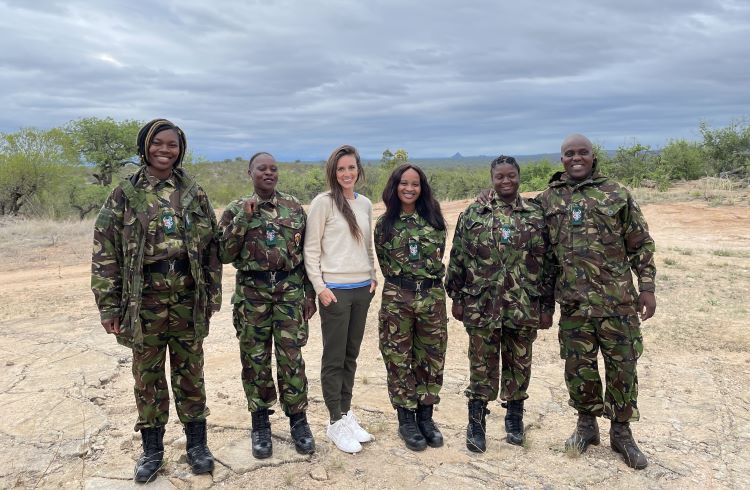
Felicia is the first Mamba to introduce herself. She’s one of the OGs. Then I meet Debra, Lerato, and Colin – another OG and the only male Mamba in the group’s history. I also meet Jody. At 22, she’s one of the youngest Mambas. Unlike other anti-poaching rangers, the Mambas work unarmed. Their goal is to get boots, not bullets, on the ground. “We don’t like harming people,” explains Lerato. “We want to chase hunters away and make the Greater Kruger National Park a difficult place to poach.” Because poachers know the Mambas are unarmed, they don’t shoot when spotted (that would be considered an unfair fight). Instead, they run.
The Mambas have sent dozens of poachers running. In fact, in 2015 they were awarded the United Nations’ prestigious Champions of the Earth Award. After just two years of patrolling, poaching incidents in Balule dropped by 75%. I believe it. The night I meet the Mambas they show me nine snares they found on that morning’s patrol. These crude, homemade wire traps catch everything from big cats to black rhino – the holy grail of the black market. A black rhino horn can fetch up to US $300,000 in parts of Asia where it’s believed to cure cancer. In 2020, 394 rhinos were poached in South Africa. That number in 2012, a year before the Mambas were formed, was 668.
On patrol with the Black Mambas
The following morning, I join the Mambas on a “sweep.” We canvas the bush, on foot, looking for snares and poacher camps. Every cigarette butt and footprint is suspicious. Fortunately, we mostly find signs of animal activity. The Mambas teach me the difference between a white rhino track and a black rhino track. They enlighten me about hyena hygiene – spoiler alert: it’s terrible – and they explain the greatest threat to lion cubs aren’t humans: it’s other lions.
Meanwhile our sister unit is at the fence, looking for openings the poachers cut to sneak into the reserve. Another unit is working a checkpoint. They stop and search every vehicle – even those belonging to park rangers and local lodge owners. It may seem like overkill, but to the Mambas, it’s a personal matter. “We don’t want our kids to live in a world where there is no rhino,” says Debra. “We want them to see our heritage. The environment and our animals are our heritage.”
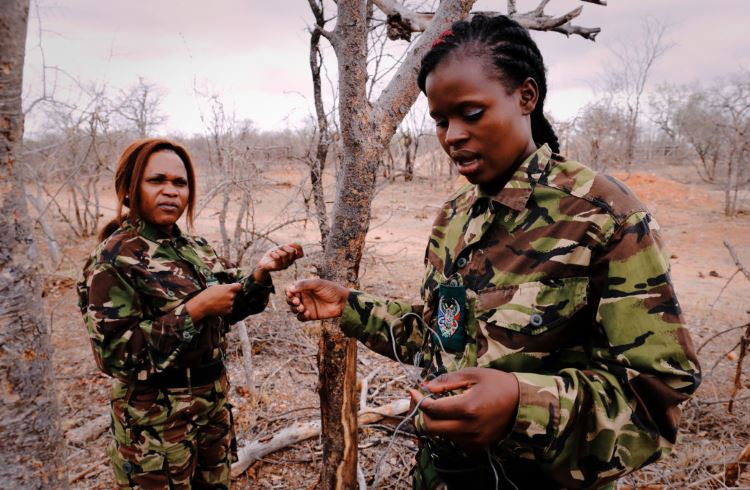
Supporting wildlife conservation now and into the future
If there’s a demographic the Mambas want most to reach, it’s children. Their Bush Babies program works with local schools to educate students about the importance of conservation. “We want kids to go home and tell their uncles a live rhino is worth more than a dead rhino,” says Jody. She also explains there are two types of poaching: poaching for profit and poaching for the plate.
Since the pandemic the Mambas have seen a substantial increase in the latter. Locals are sneaking into the reserve to fish and hunt for food. Both activities are illegal. “People are desperate,” Felicia says. “They don’t have jobs. They’re hungry.” To help meet this need, the Mambas planted a garden at their compound. They grow beets, carrots, pumpkin, tomato, and onion which they package into parcels and pass out to surrounding communities. Lize, the owner of Pondoro Game Lodge where I’m staying, tells me she hopes to start purchasing produce for the lodge from the Mambas.
The Mambas could use some money. While bumping around on patrol with them I notice their bare-bones truck is missing several critical parts (including side view mirrors and seat padding). But it’s the shoddy engine that really worries the Mambas. “Sometimes it stops while we’re on night patrol,” says Colin. “We have to get out and push it.”
The best way to support the Mambas is to make an online donation. To hand them money in person, book a safari with Ker & Downey Africa. The popular tour operator is now offering a 13-day conservation-themed itinerary including a donation and a meeting with the Mambas at their compound. If interested, guests can also join them on a sweep or at a local school for a Bush Babies event. Travelers can also support the Mambas by booking a few nights stay at their neighbor, Pondoro Game Lodge, which they chose as a partner for the lodge’s commitment to sustainability and conservation. Often, guests choose to skip an evening game drive to do a sundowner with the Mambas on Pride Rock.
* * * *
Pride Rock is where our Land Cruiser is headed when we see the snake in the middle of the road. Andries, still shaken, says something In Tsonga to my safari guide who turns to me and translates. Apparently, sightings of this particular snake – one of the deadliest in the world – are rare. I don’t need to ask what kind it is. But he tells me anyway: it’s a black mamba.
Related articles
Simple and flexible travel insurance
You can buy at home or while traveling, and claim online from anywhere in the world. With 150+ adventure activities covered and 24/7 emergency assistance.
Get a quote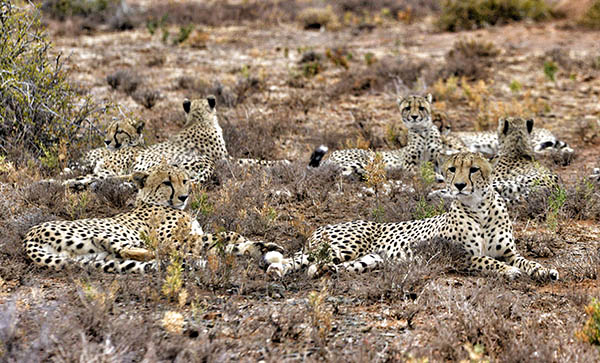

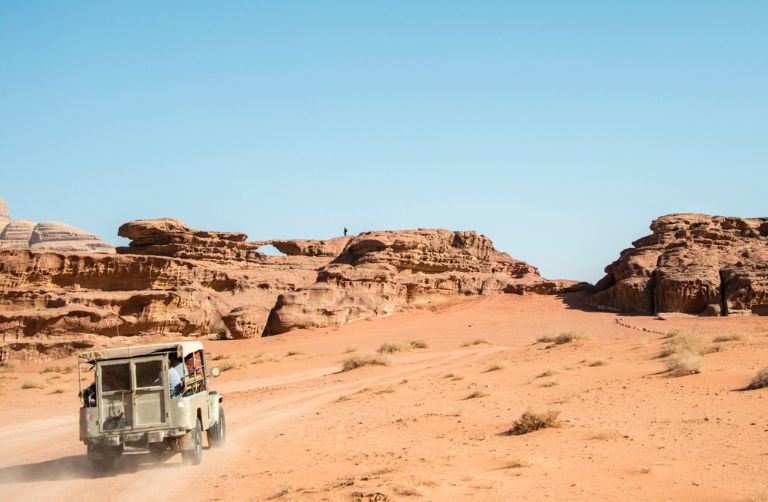
No Comments